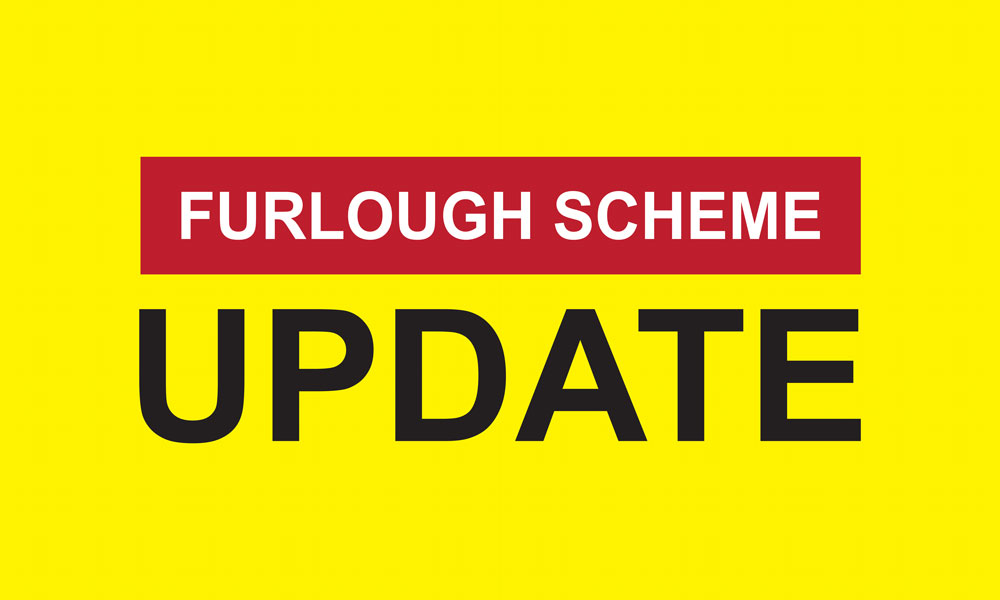Covid-19 UK: A Guide to the Updated Furlough Scheme
Posted 5 years ago by Tracy

As England enters another lockdown due to the Covid-19 pandemic, so the government's furlough scheme has once again been updated to provide economic support to those unable to work.
Furlough was originally announced in March 2020 – as a UK-wide lockdown was imposed – to subsidise the wages of those who couldn't do their jobs because their workplace was closed or there simply wasn't enough work for them. It covered 80% of wages, with companies able to top up the remaining 20%. In recent months, the government's portion has fallen to 60%, and the scheme was due to end on 31 October, to be replaced by the less generous Job Support Scheme.
Given the latest restrictions in England, however, the updated Coronavirus Job Retention Scheme (CJRS) has been announced. It will once again be in place across the entire UK and will see employees receive 80% of their current salary for hours not worked, up to a maximum of £2,500 a month. Employers will now only have to pay employer National Insurance Contributions (NICs) and pension contributions. According to the government, for the average claim, this accounts for just 5% of total employment costs.
Businesses will also have the flexibility to bring furloughed employees back to work on a part-time basis or furlough them full time. This setup will be in place until the end of March 2021.
Furlough 2.0: Who is eligible
To be eligible for this extension, employees must have been on an employer's PAYE payroll by 30 October 2020. This means that a Real-Time Information submission notifying payment for that employee to HMRC must have been made on or before 30 October 2020. However, they don't need to have been furloughed before to claim this time around.
If employees were on your payroll on 23 September 2020 and were made redundant or stopped working for you after this date, they can also qualify for the scheme if you re-employ them.
Employees can be on any type of contract to benefit, although employers will need to report and claim for a minimum period of 7 consecutive calendar days.
Employers can claim the grant for the hours their employees are not working, calculated by reference to their usual hours worked in a claim period. For worked hours, employees will be paid by their employer subject to their employment contract, and employers will be responsible for paying the tax and NICs due on those amounts.
While government systems are updated, employers will submit their wage claim and be refunded afterwards. After that, they will be paid upfront to cover the cost.
In addition to CJRS, business premises (in England only ) that have been forced to close are to receive grants worth up to £3,000 per month under the Local Restrictions Support Grant. Funding has also been made available for similar schemes in the devolved nations. This income is taxable and will need to be included as income in the tax return of the business.
How to furlough employees
To apply to the furlough scheme, follow the step-by-step guidance on the government website. In addition to this, however, it's also important to ensure clear communication with all employees affected. This could include a written furlough agreement containing information such as the date furlough begins, how much the employee will be paid, when the agreement will be reviewed and how to keep in contact throughout the furlough period.
Companies are advised to keep this agreement for five years as well as to maintain a written record of how many hours a furloughed employee has worked and how many hours they're not working.
Small business owners who pay themselves a PAYE salary can also furlough themselves, although the scheme does not apply to dividend payments. This means director-shareholders who are paid partly or mainly in dividends will only be covered to the extent that they receive PAYE earnings.
Support for the self-employed
For the self-employed, the updated Self-Employment Income Support Scheme offers two grants, each available for three-month periods covering November 2020 to January 2021 and February 2021 to April 2021.
This has also been extended and will cover 80% of average monthly trading profits in the three-month period from November to January, up to a maximum of £7,500, double the 40% offered in October. The claims window has also been bought forward from 14 December to 30 November. An online claims service similar to the previous grant is expected but full details are yet to be confirmed.
It should be noted that the new grants are only available to those who were eligible for the original Self-Employment Income Support Schemes, although they do not have to have claimed the previous grants.
They are also taxable income and subject to National Insurance contributions.
Detail of the grant covering February to April 2021 are yet to be announced. The furlough scheme is also set to be reviewed once again in January when decisions will be made on the need for further changes or extensions.
Further Reading
Key Takeaways from Spring Budget 2023: Corporation Tax Rises and Investment Zones
Autumn Budget 2021: Five Key Announcements for Small Businesses